Team:TU Darmstadt/Modelling/Statistics
From 2013.igem.org
Information Theory
The DKL Analysis
In information theory the Kullback-Leibler-Divergence (DKL[1]) describes and quantifies the distance between
two distributions P and Q. Where P denotes an experimental distribution, it is compared with Q, a reference distribution. DKL is also known as ‘relative entropy’ as well as ‘mutual information’.
Although DKL is often used as a metric or distance measurement, it is not a true measurement because it is not symmetric.

Here, P(i) and Q(i) denote the densities of P and Q at a position i. In our study, we use the DKL to describe the distances of the survey datasets from the human practice project. Therefore, we have to calculate a histogram out of the different datasets. Here, it is important to perform a constant binsize. In this approach we assume that a hypothetical distribution Q is uniformly distributed. To achieve this, we grate an appropriate test data set with the random generator runif in R.

Results



References
- Kullback, S.; Leibler, R.A. (1951) On Information and Sufficiency Annals of Mathematical Statistics 22 (1): 79–86. doi:10.1214/aoms/1177729694. MR 39968.
 "
"